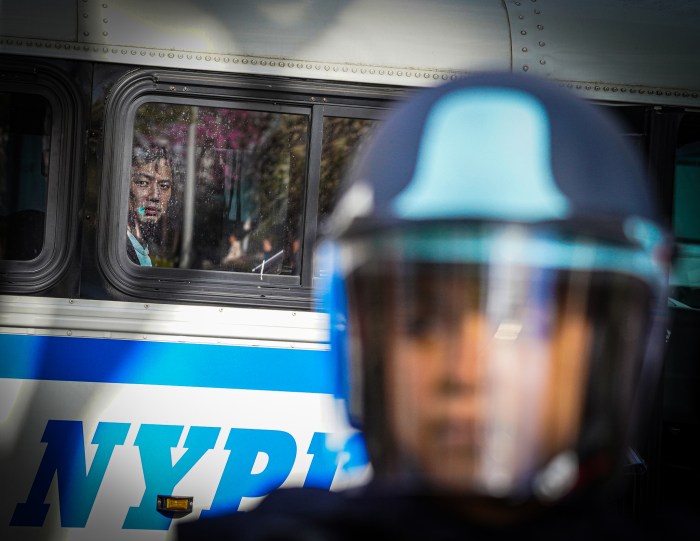By Cynthia Koons
“A lot of people started opening up businesses here,” said Madhulika Khandelwal, the director of the Asian American Center at Queens College. “As the population grows here, Flushing becomes the destination.”
Khandelwal, author of the book “Becoming American, Being Indian: An Immigrant Community in New York City,” said she calls neighborhoods such as Flushing “receiving areas” where immigrants land, later making way for future generations of their families.
“There are some common themes across groups and there are some that are very distinct,” said Khandelwal, who came to Flushing from India 20 years ago herself.
In Flushing the Chinese population has inhabited Main Street and the neighborhoods in south Flushing around the Queens Botanical Garden, she said.
And these Chinese immigrants are the least likely to move far from their receiving area, she added.
“The rate of moving out of Flushing and the downtown area is much slower among the Chinese and Koreans,” she said.
It also is notable that the Chinese population in Flushing is very diverse, comprising immigrants from Taiwan, Hong Kong and mainland China, she said.
According to Census 2000 data, 41.2 percent of Flushing's population was Asian. A specific breakdown of how many residents were Chinese, Korean or Indian was not available.
In 1990, Census reports showed that there were actually more Koreans than Chinese immigrants in Flushing, with 6,716 Koreans to 5,205 Chinese. Indians comprised 1,233 of the total population of Flushing in 1990, which was about 51,000.
The Korean population dominates northern Flushing along Northern Boulevard. Earlier this year, Councilman John Liu (D-Flushing) conducted a study of the store signage on Northern Boulevard because residents were complaining that the majority of the signs were solely in Korean.
From his study, Liu found that only 5 percent of the store signs described their businesses exclusively in Korean.
The issue of English language signs flared up in August of last year, when the Happy Taxi Service cab company put an ad on a billboard on Northern Boulevard that was written solely in Korean. That particular billboard has since been removed.
Bridging the language gap in downtown Flushing, where most of the Chinese businesses are located, has also been an issue for Liu.
In 2000 he studied the use of Chinese and English on signs on Main Street in downtown Flushing. That time he found that 10 percent of businesses lacked English on their signs.
The growth of the immigrant populations is also evident in the proliferation of houses of worship and citizenship centers in Flushing. On Bowne Street, religious institutions for Christians, Hindus, Buddhists, Sikhs and Jewish faiths can be found.
“We are seeing only what you could call the most obvious … the largest, or the upper levels of these religious places,” Khandelwal said. “Beneath that, there are a lot of religious activities in people's homes.”
She believes the immigrant experience in Flushing is one that is both unique and universal.
“The common theme I think is about coming to America, coming to Queens as the new immigrant area,” she said. “How far you move away from the receiving areas and how you remain connected to them is the story of immigrant New Yorkers.”
Reach reporter Cynthia Koons by e-mail at news@timesledger.com or call 718-229-0300, Ext. 141.





























